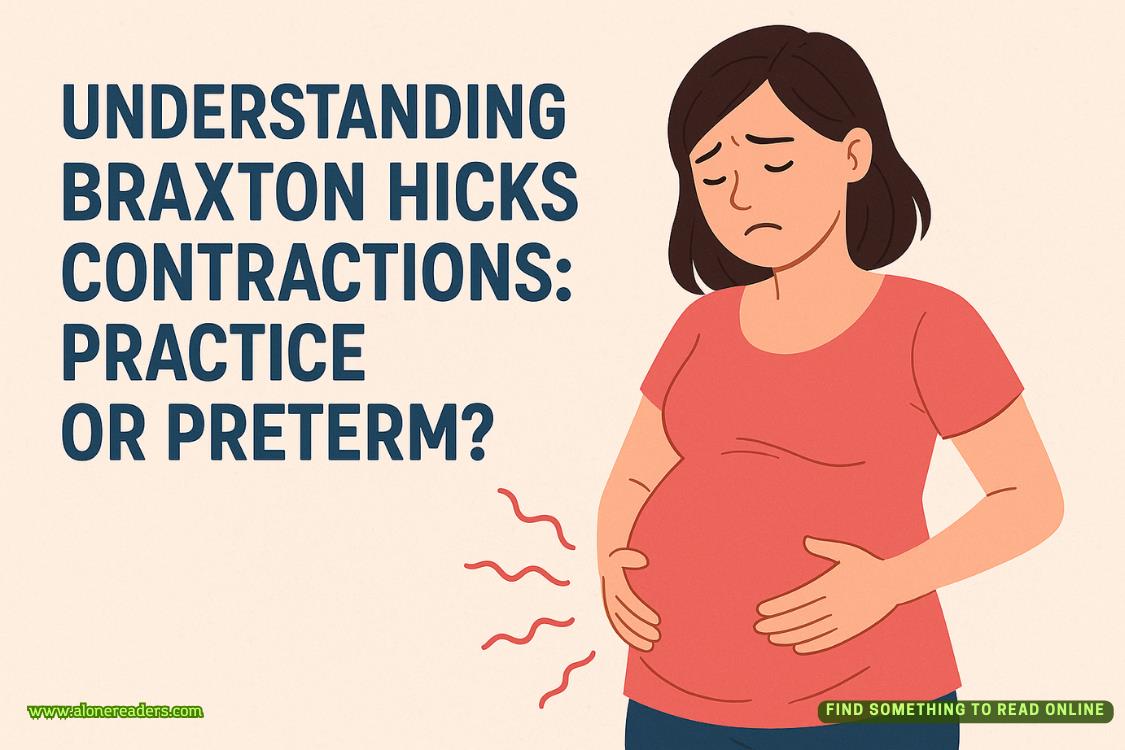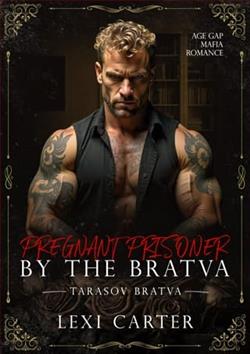Page 65 of Code 6
“You’re using my daughter.”
“I’m allowing your daughter to come to terms with where she is in life and emerge as a playwright.”
“What kind of literary ‘human condition’ bullshit is that?”
“Kate has yet to accept what the play is really about. It will take a few more rewrites. She’s very fast, so I’m confident she will get there soon enough.”
“Get where?”
“At bottom, Watson was a narcissist. His employees sucked up to the CEO by writing silly songs about him, and he made the entire workforce sing them over the intercom during morning announcements.”
“Why would Kate even want to write about that?”
“Because writers should write what they know. Ultimately, this play is about Tom Junior. He’s the conscience his father lacks. He alone had the courage to speak truth to power.”
“And that’s obviously how you see me.”
“It’s not aboutyou. It’s about the only hope we have in the world of Big Data. Watson Senior gave back the Merit Cross in 1940. His son was born in 1914. That would have made Tom Junior roughly—”
“Kate’s age,” said Gamble, totally getting it.
Bass raised his glass. “To daughters and sons. And to opening night.”
“Fuck you,” said Gamble, and he walked out of the restaurant.
Chapter 29
Kate took a commuter plane that evening to Greenbrier Valley Airport. The lucky ones on her flight were headed to the famous Greenbrier Resort to enjoy the brilliant colors of autumn at the foot of the Allegheny Mountains. Kate rented a car and spent the night at an airport motel. Soon after she finally fell asleep, her alarm went off. Six a.m. It was time to get up and drive to the women’s federal prison in Alderson, West Virginia.
FCP Alderson is a 159-acre minimum-security prison camp nestled in the scenic hills near Greenbrier State Forest, on the bank of the Greenbrier River. Built in 1928 as the first federal prison for women, Alderson uses a reformatory model where each “cottage” houses up to sixty women and each inmate has only one roommate. The nearest barbed-wire fences are on privately owned farms along the river, and inmates are free to wander the grounds until 4:00 p.m. when not doing chores or participating in a vocational or educational class. Jazz singer Billie Holiday learned to sew at Alderson while serving time for drug possession in the 1940s. Manson cult member Lynette “Squeaky” Fromme saw opportunity in the openness and escaped for two days while paying her debt to society for the attempted assassination of President Gerald R. Ford. In what Kate found to be an interesting coincidence, former inmate Martha Stewart was convicted of the same crime that had landed Sandra Levy at FCP Alderson: lying to federal investigators in violation of Chapter 18 of the United States Code.
“I’m here to visit an inmate,” Kate announced at the gate, and she gave the name.
The guard checked Kate’s identification and radioed ahead forclearance. Kate had submitted her visitation request online, and she attributed the quick turnaround to Noah’s hand in the matter. The fact that her request was approved by the warden didn’t necessarily mean that Sandra would show up—inmates could not be forced to see visitors—but Kate took it as a positive sign that the guard didn’t turn her away.
“They’re doing the morning count,” he said. “You can wait inside with the other visitors.”
Kate thanked him and continued past the stone pillars and tree-lined driveway that looked more like the entrance to a college campus than a prison. She parked in the visitors’ lot. Handbags and cellphones were not allowed inside, so Kate locked hers in the rental car and followed the sidewalk into the visitation center.
Kate and Noah had agreed on a very narrow purpose for her visit. Neither one expected that, after two years of silence, Sandra would break down and confess all to Kate. Just as the government had failed to prove its securities fraud case against Martha Stewart, the espionage case against Sandra Levy had fizzled. Stewart served only five months for her lies to federal agents. Sandra would serve longer, but not nearly as long as she might if she opened up to Kate, only to be convicted on the substantive charges against her. Noah, of course, had coached Kate on what to ask and how to handle herself.
Kate very much had her own agenda.
She entered the visitation center and signed the visitors’ log. The sign on the wall advised that visitors were subject to search, but in Kate’s case it was cursory, and the visitation officer led her directly to the visitation room. Kate was aware that Alderson was minimum security, but still she was surprised.
“It’s so... un-prison-like.”
“This ain’tOrange Is the New Black, honey,” the guard said.
FCP Alderson was designed for open visitation, so there was no security glass to separate inmates from visitors, no talking by closed-circuit telephone while law enforcement monitored every word. Tablesand chairs were set up in a room as big and open as a gymnasium, with appropriate spacing between them. A designated play area accommodated mothers with young children. It struck Kate that, even with guards patrolling the visitation area, conversations in this minimum-security prison were probably more private than the average cellphone conversation in the “free” world.
Kate was seated at a table opposite an empty chair. She and a hundred or so other visitors waited at their assigned spot for the end of the morning count, after which the guards would bring in the inmates.
A woman at the next table looked over and said, “Haven’t seen you here before. You new?”
“My first time,” said Kate. “But I’m seeing someone who’s been here a while.”
The woman nodded knowingly, as if to say that she understood Kate’s situation perfectly. “Your mom?”















